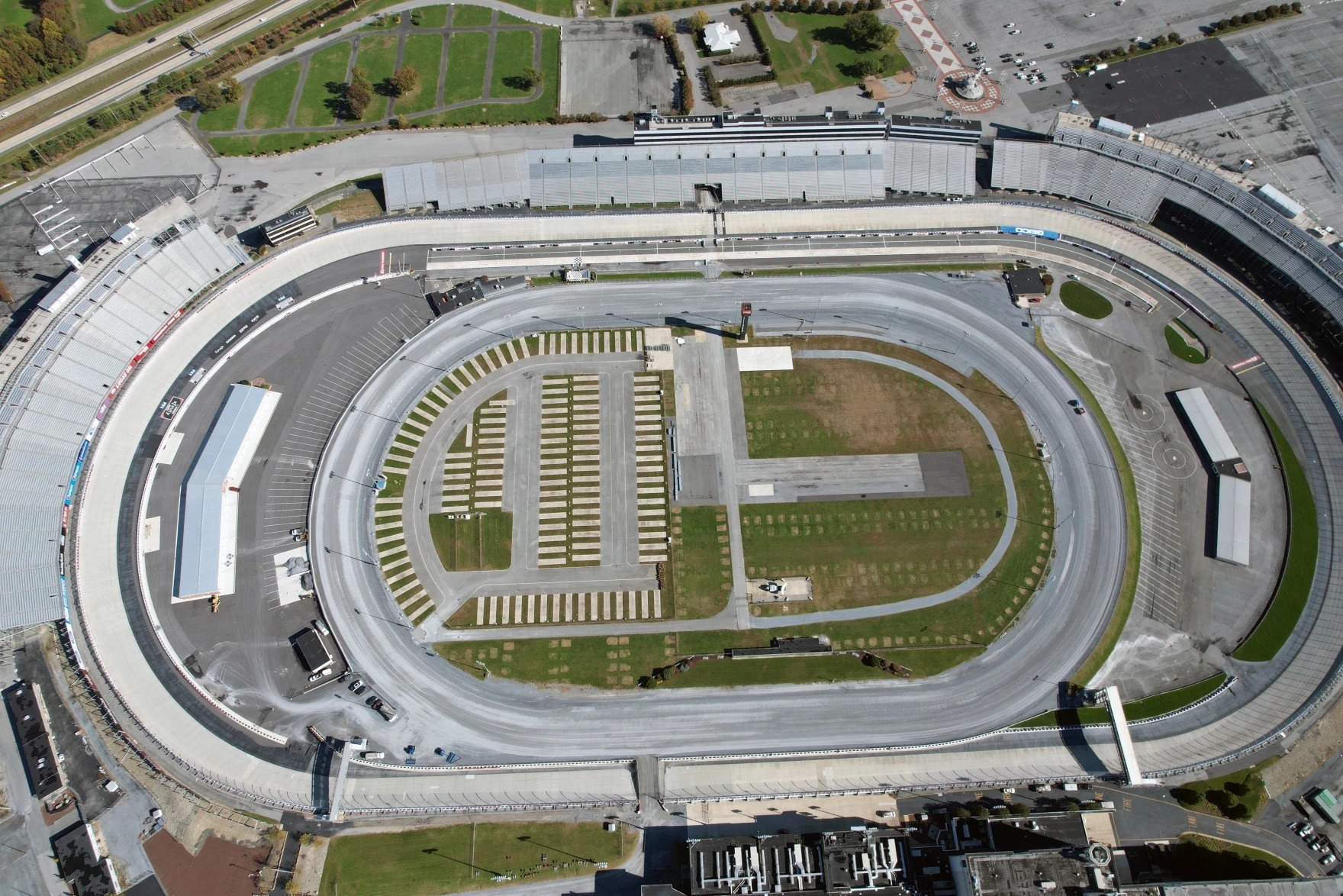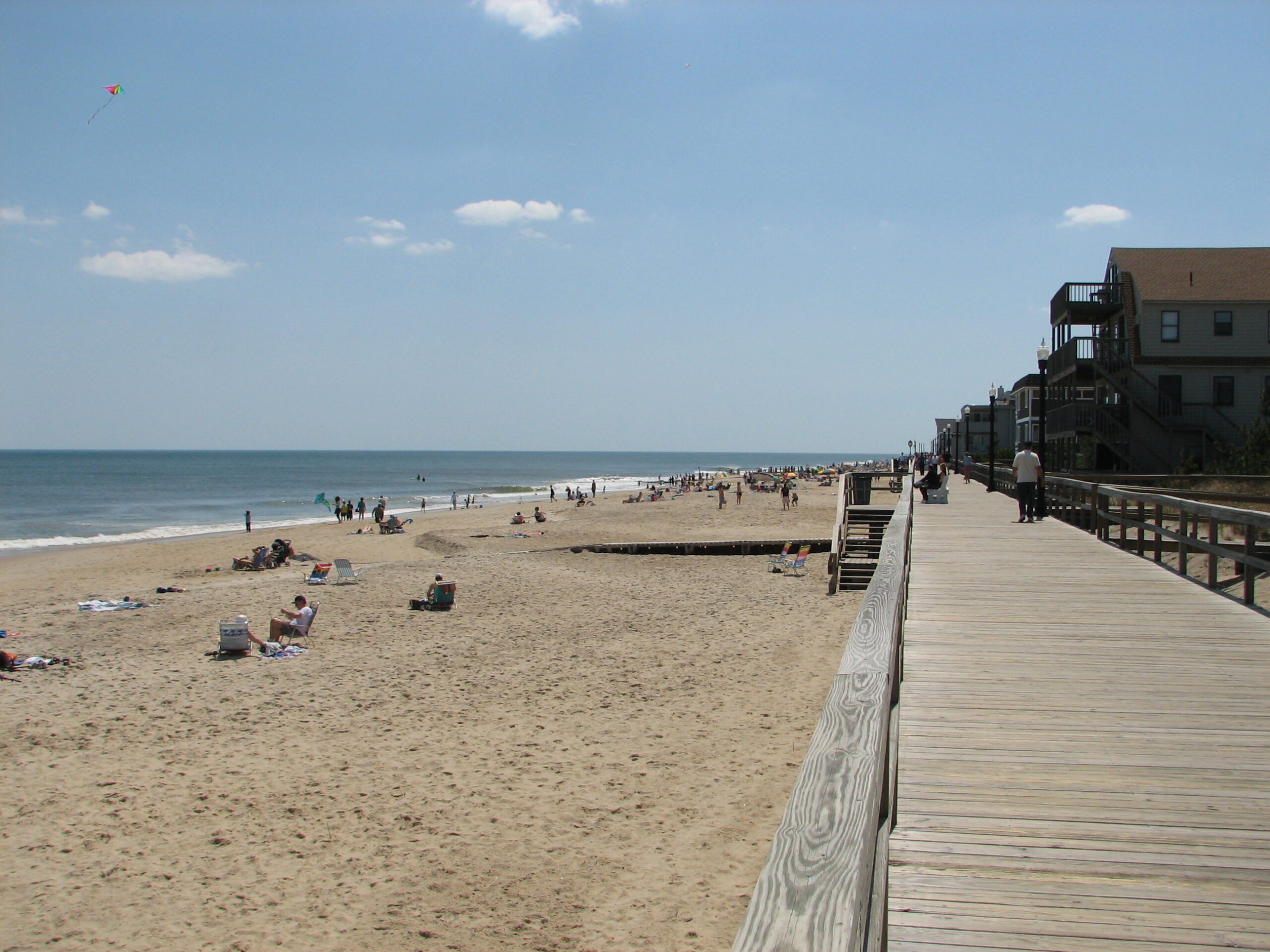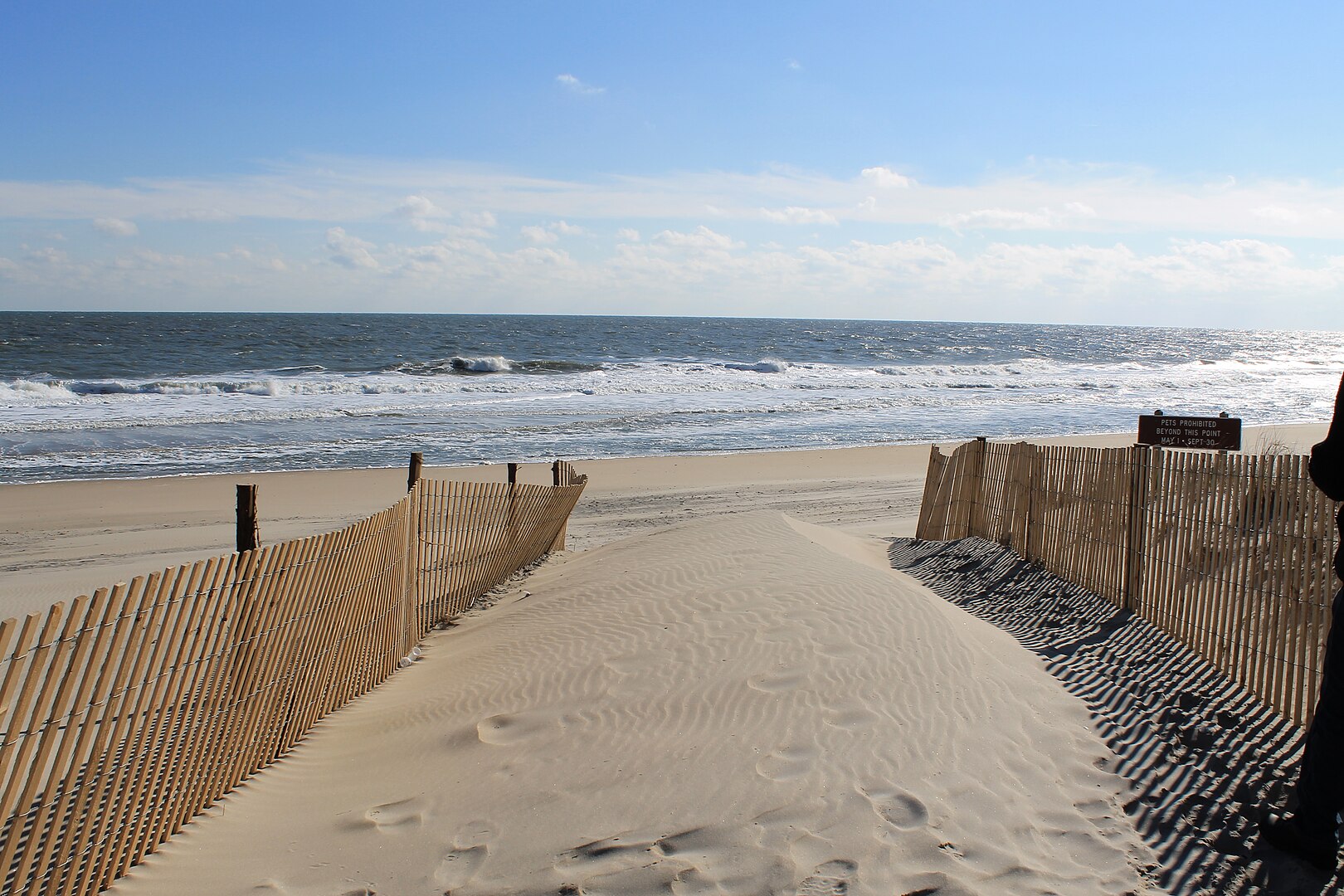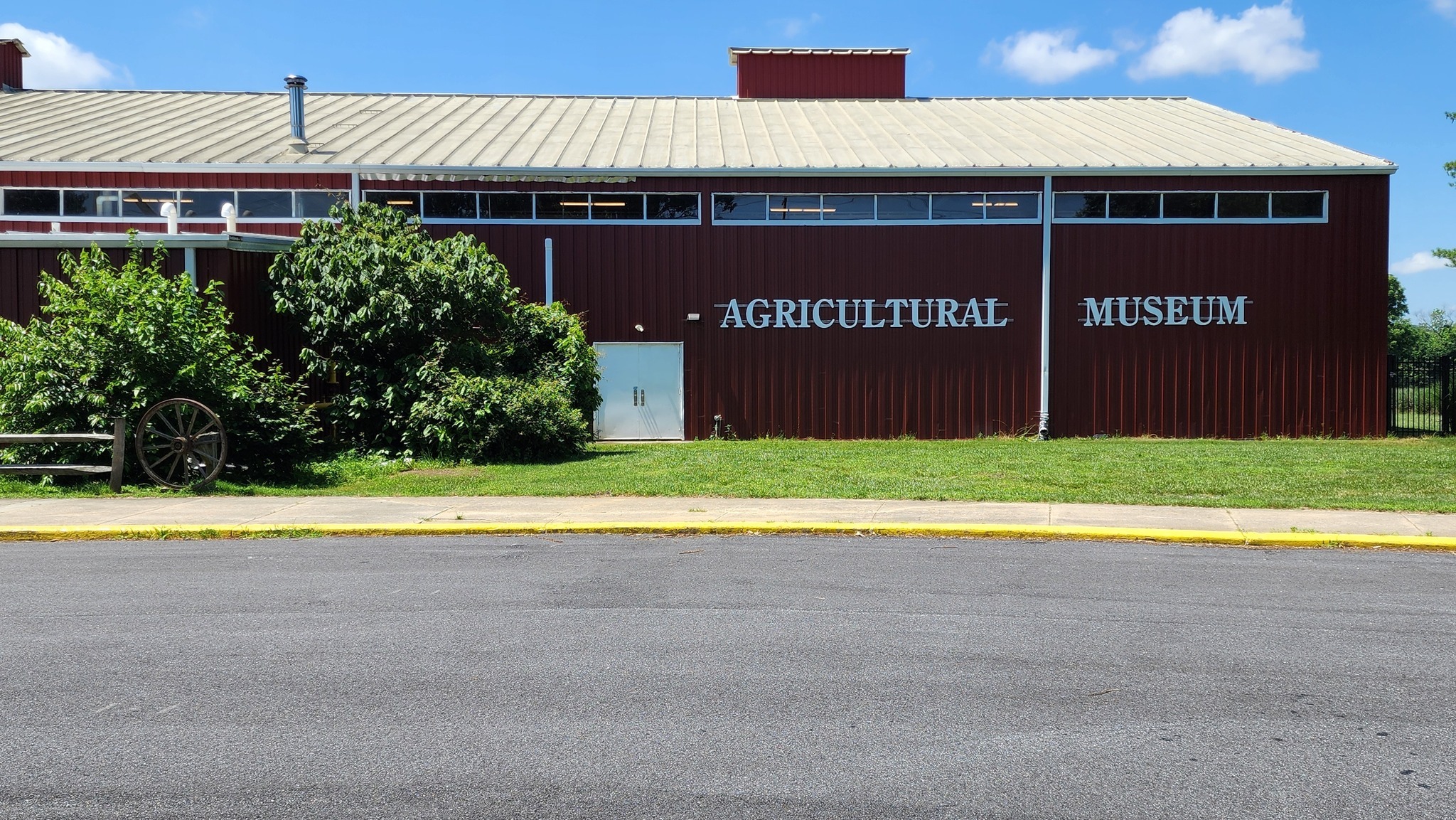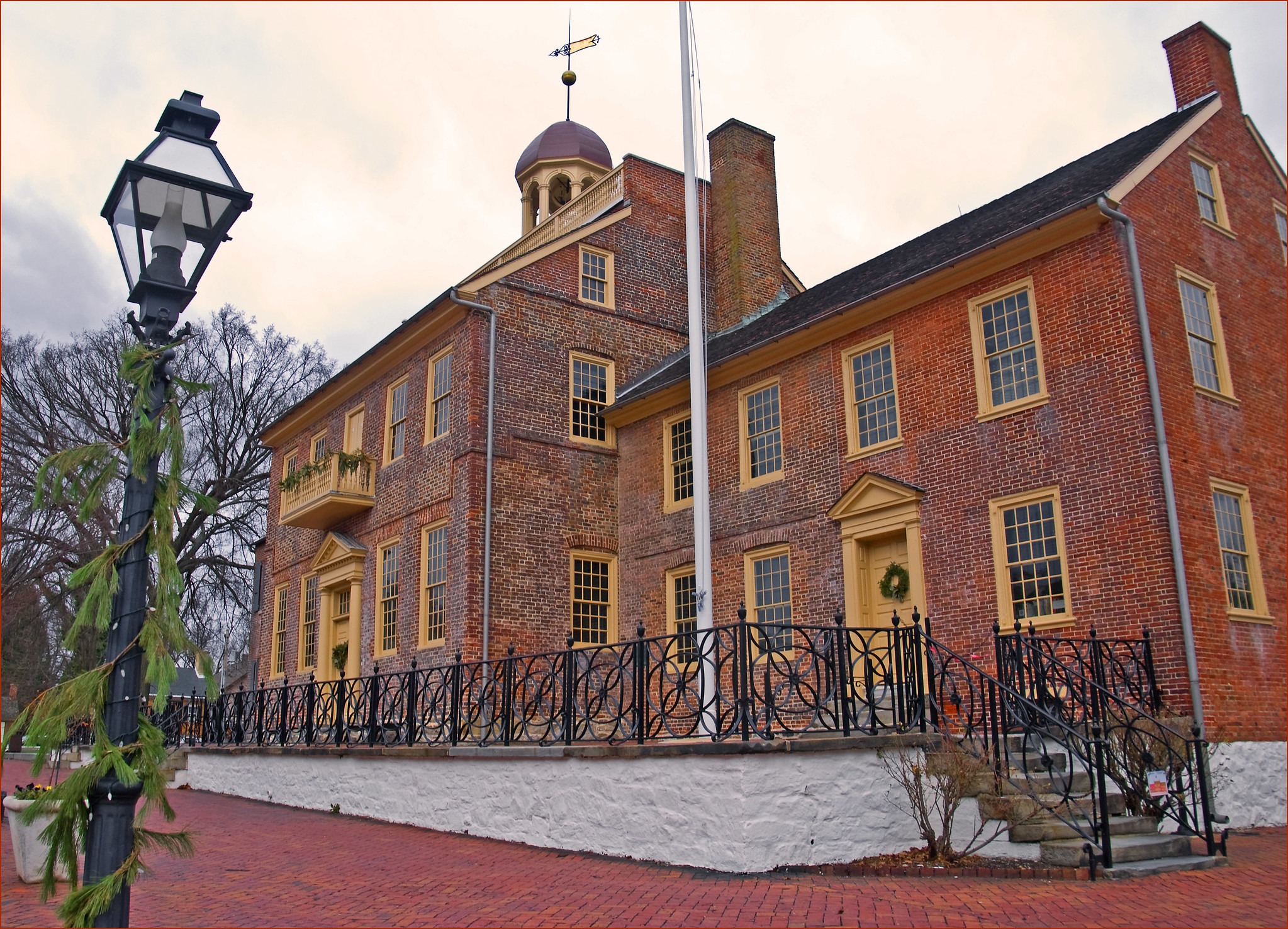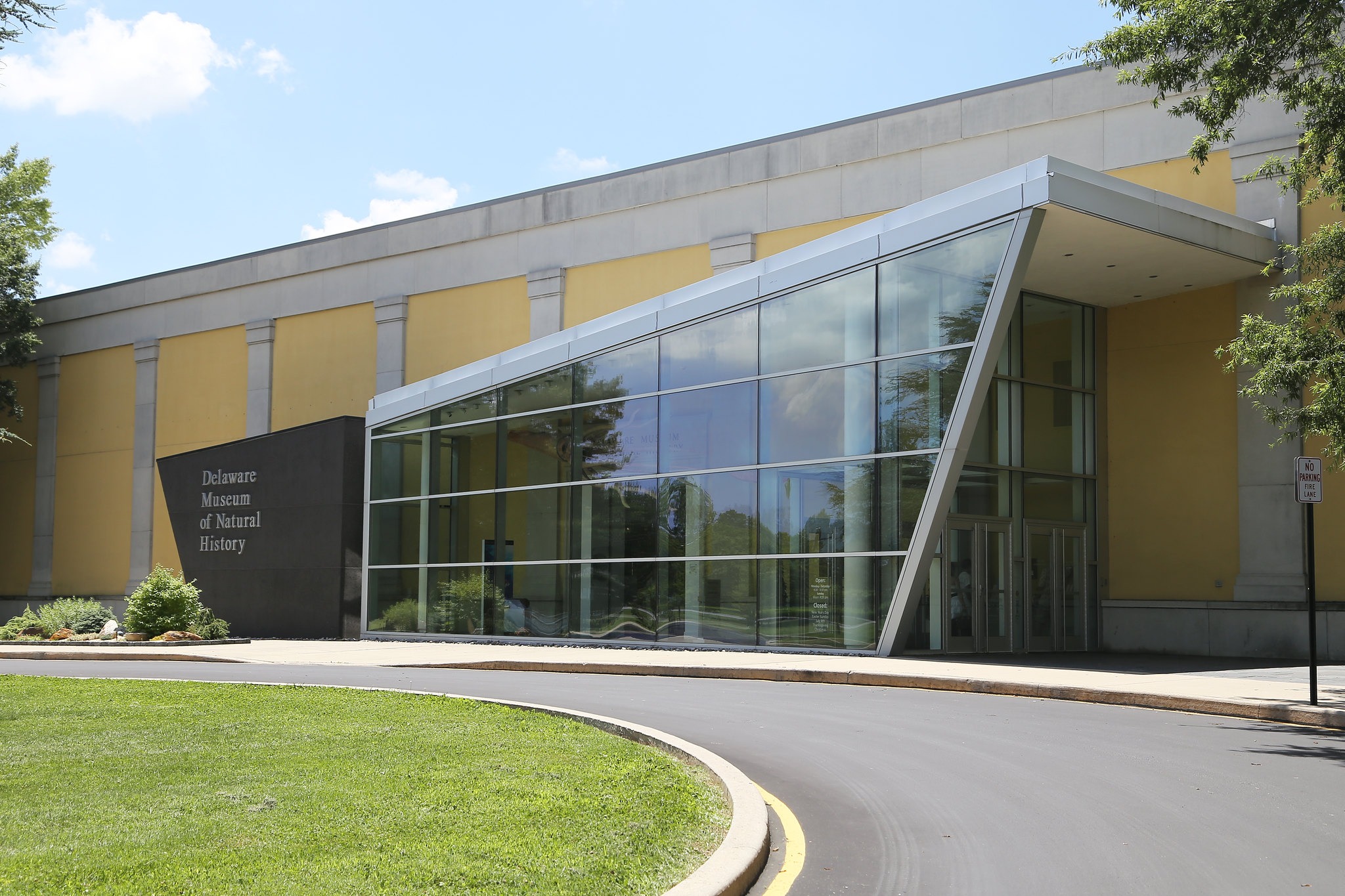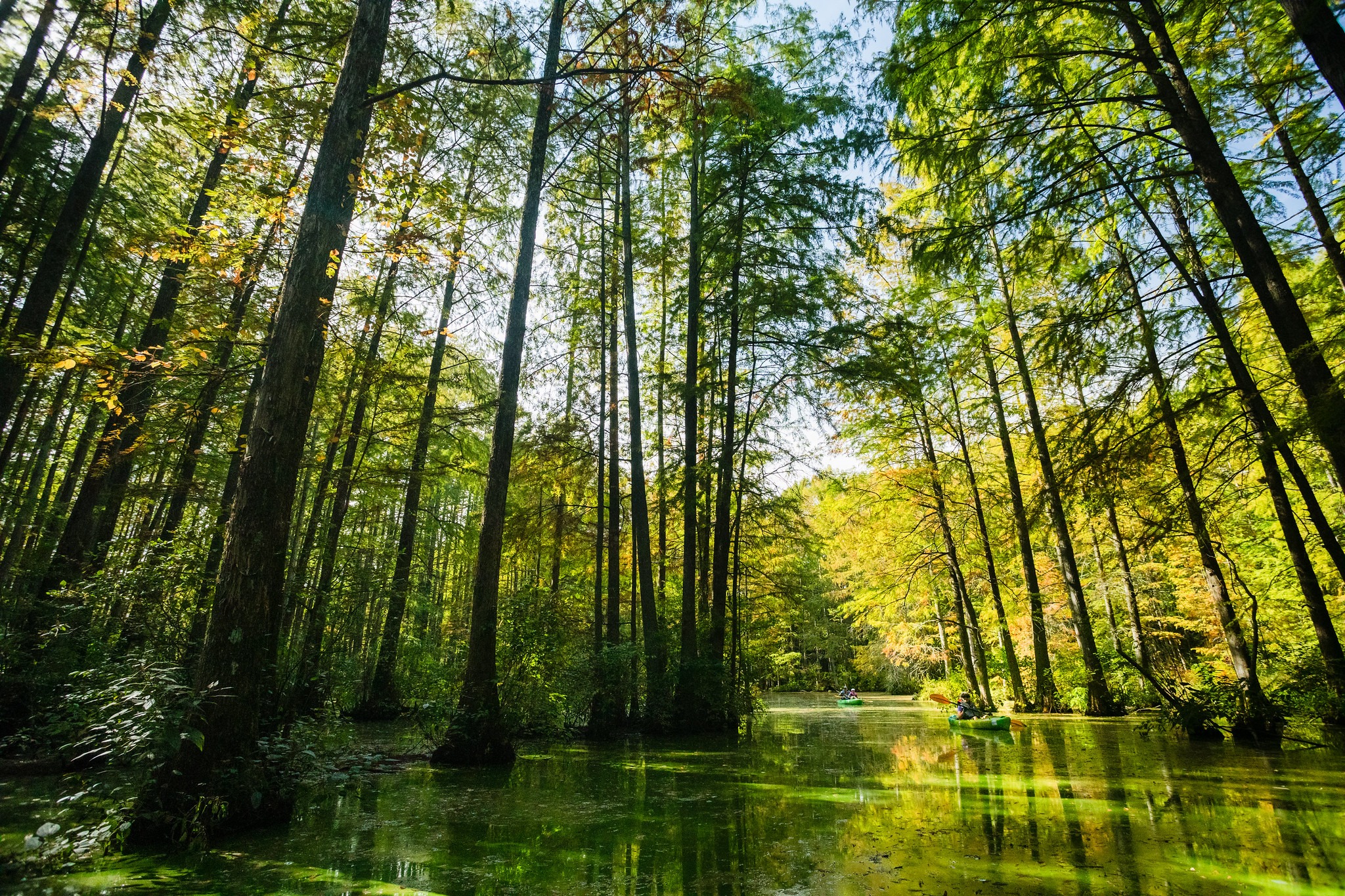Delaware, the second smallest state in the United States, makes up for its modest size with rich history, natural beauty, and peaceful coastal towns. Located along the Atlantic Ocean, this charming state offers a variety of experiences for both nature lovers and culture enthusiasts. With its colonial-era historic districts, pristine beaches, and preserved natural parks, Delaware stands out as a quiet yet worthwhile destination to explore.
The cities and towns of Delaware offer visitors a wide range of attractions, from art to science, agriculture to maritime heritage, including interesting museums, gardens, and outdoor activities. Coastal towns like Rehoboth and Bethany come alive during the summer months, while cities such as Wilmington and Dover highlight history and culture. Ideal for day trips or short vacations, Delaware is a destination full of surprises for travelers who love to explore.
1. Rehoboth Beach – The state’s most famous beach town, known for its beach and boardwalk.
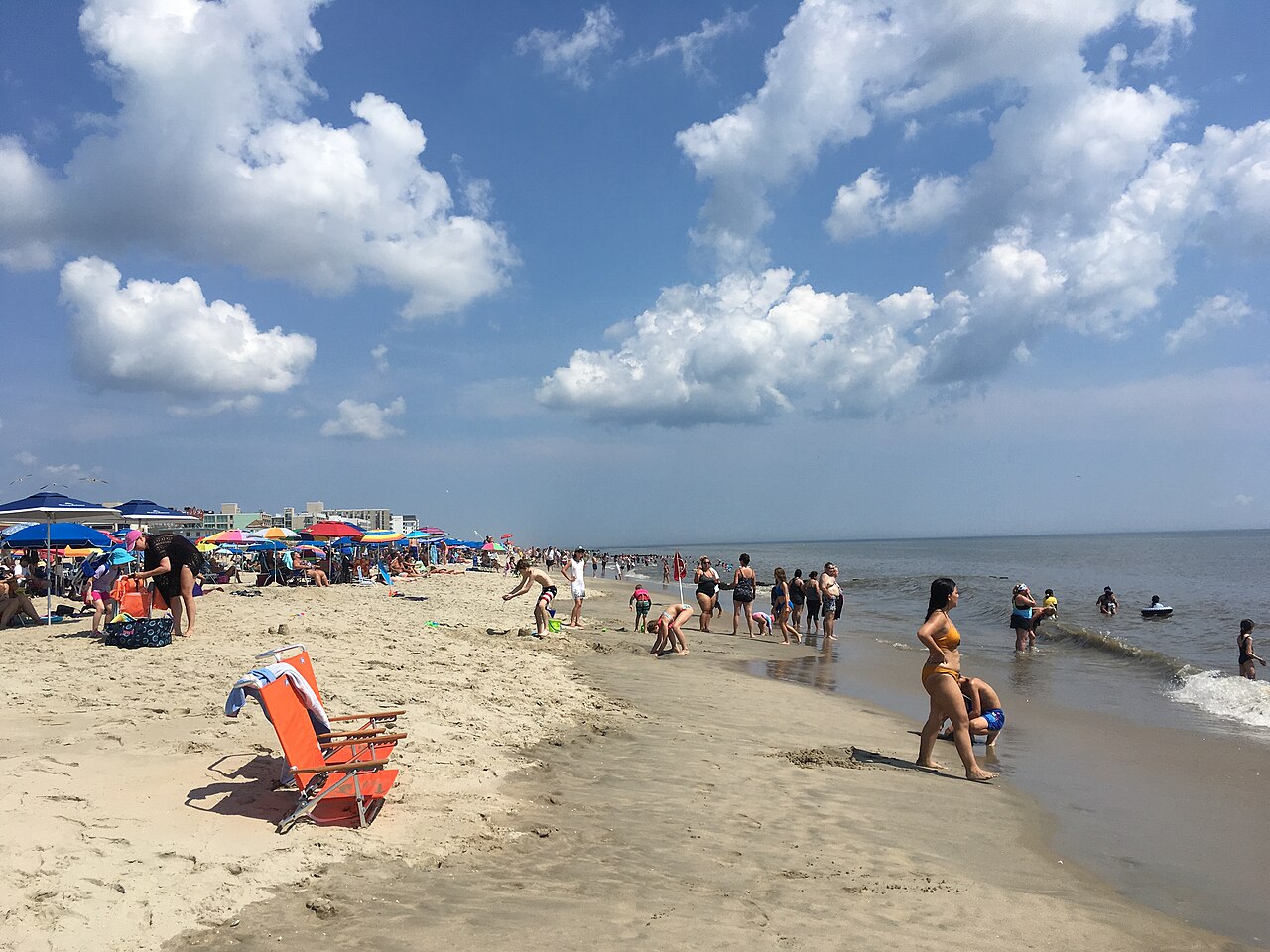
Rehoboth Beach is the most well-known and popular coastal town in Delaware. Located along the Atlantic Ocean, this charming settlement attracts thousands of visitors each year with its soft sandy beach and historic boardwalk. Stretching 1.6 kilometers, the wooden boardwalk is lined with restaurants, ice cream shops, souvenir stores, and entertainment venues, offering the classic atmosphere of an American seaside town. Especially lively in the summer months, the town provides an enjoyable holiday setting for both families and young travelers.
Rehoboth Beach is not just about sun and sea; it also stands out with its cultural events and shopping opportunities. The Rehoboth Beach Bandstand hosts live music performances and events throughout the summer. In addition, Tanger Outlets near the town is an attractive stop for visitors looking to shop tax-free. Those who want to be in touch with nature can spend peaceful time on nearby hiking trails and in park areas. Rehoboth Beach truly deserves to be Delaware’s favorite with both its natural beauty and vibrant social life.
2. Cape Henlopen State Park – A favorite spot for nature lovers with its beaches, bike trails, and historic military structures.
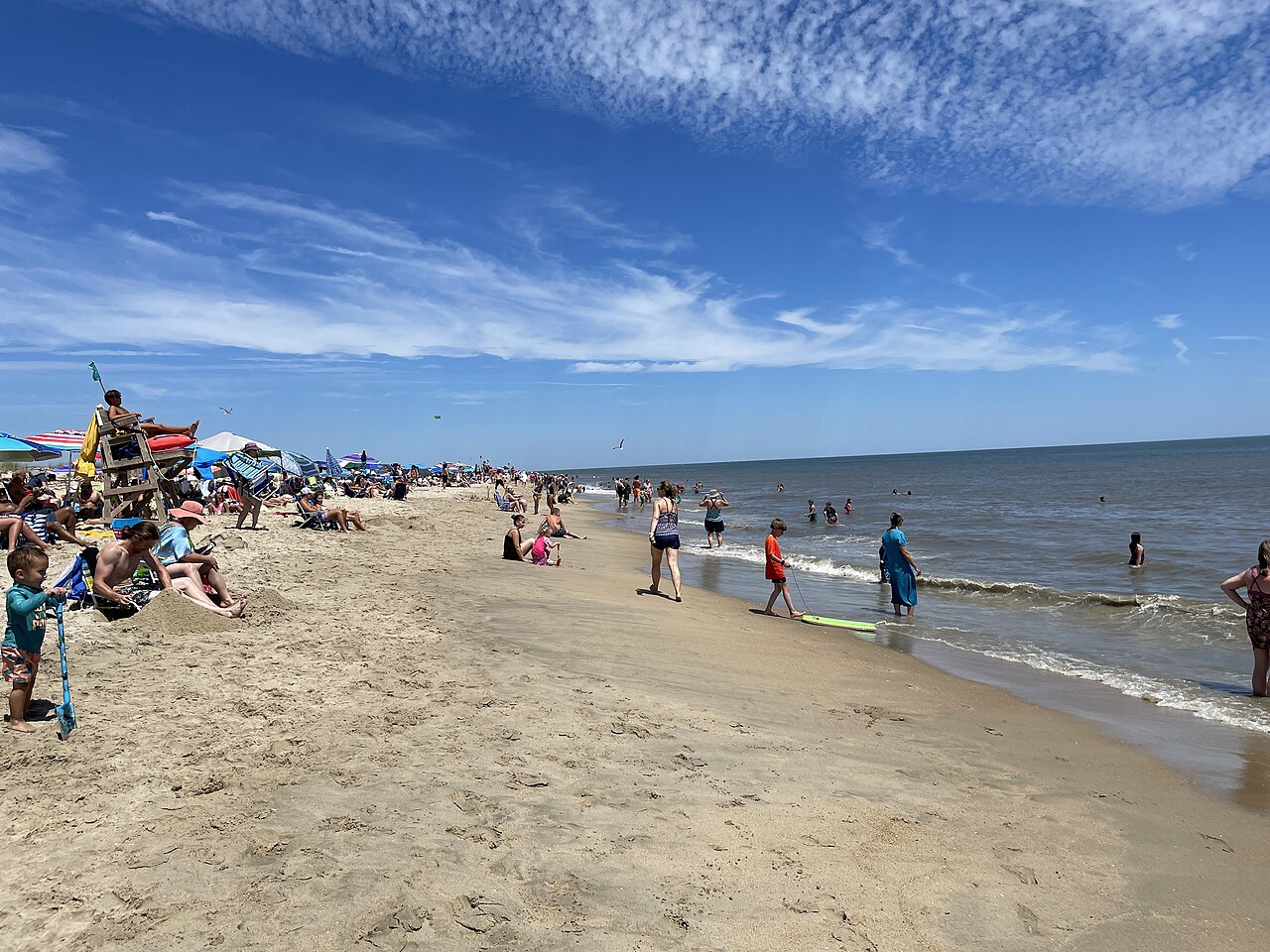
Cape Henlopen State Park is a state park located in Lewes, Delaware, known for its natural and historical richness. Situated at the meeting point of the Atlantic Ocean and Delaware Bay, the park offers nature lovers a peaceful escape with its wide beaches, hiking and biking trails. Providing an ideal setting for visitors who want to sunbathe, swim, or picnic by the sea, the park attracts significant attention, especially in the summer months. Paved paths and wooden boardwalks are available for those who wish to cycle while enjoying stunning views.
The park also holds historical significance. The Fort Miles military structures, built for coastal defense during World War II, are now open to visitors. These structures include observation towers, gun batteries, and underground bunkers. In addition, the Seaside Nature Center located in Cape Henlopen offers educational exhibits and interactive activities for those interested in learning about the region’s ecosystem. Bringing together nature and history enthusiasts, Cape Henlopen State Park is one of the must-see places in Delaware.
3. Delaware Seashore State Park – Famous for its beaches, fishing spots, and campgrounds along the Atlantic coast.
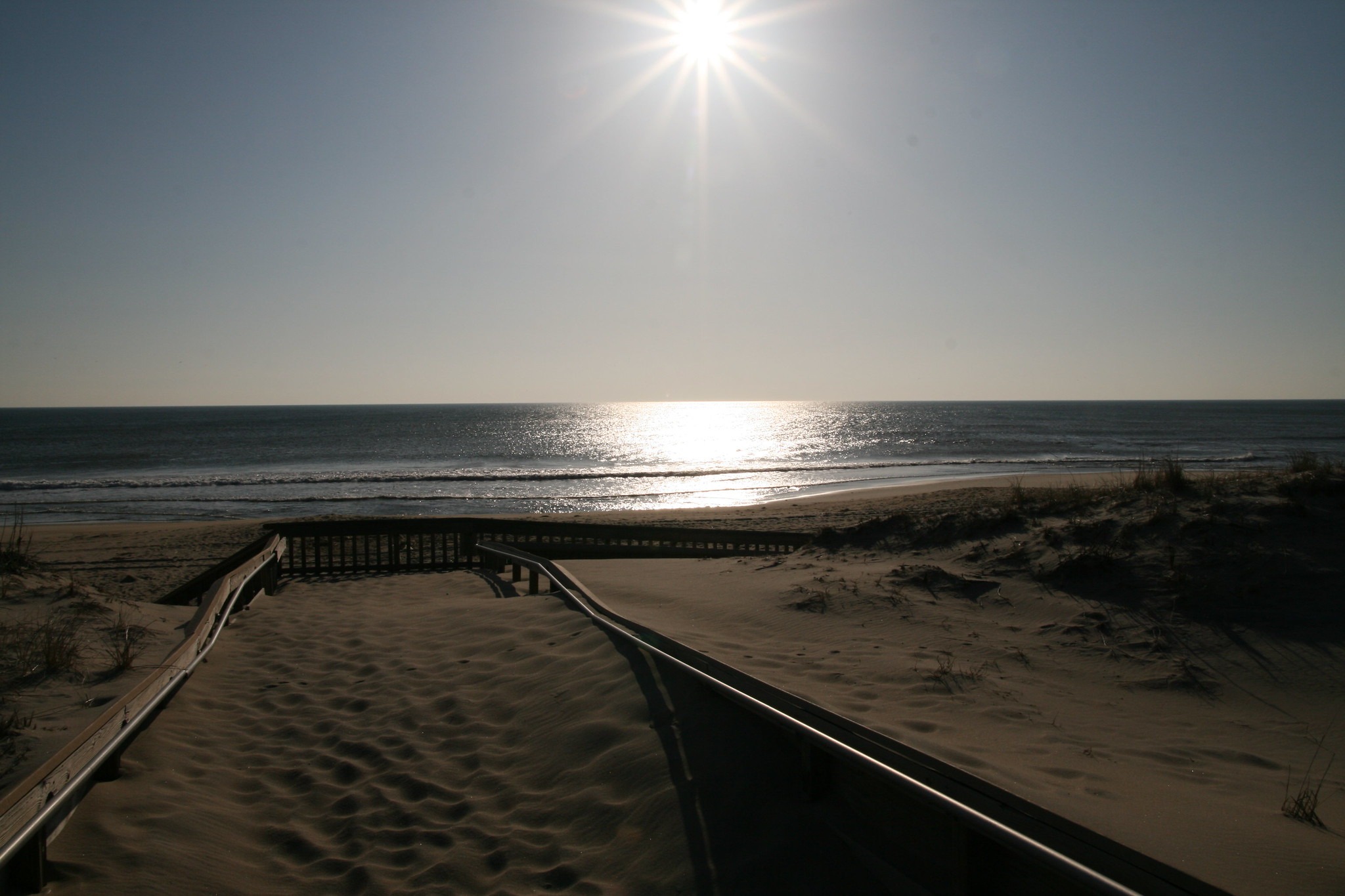
Delaware Seashore State Park is a large and popular coastal park located on the eastern side of the state, along the Atlantic Ocean. Its six-mile stretch of shoreline offers visitors a unique seaside experience for sunbathing, swimming, and surfing. The park also features designated swimming areas monitored by lifeguards and modern restroom and shower facilities. Providing a peaceful setting among dunes and waves, the park becomes a favorite destination for both locals and tourists during the summer months.
Delaware Seashore State Park is not limited to just seaside enjoyment; it is also very popular for fishing and camping. Fishing piers set around Indian River Inlet offer suitable spots for both experienced anglers and beginners. The campgrounds provide nature enthusiasts with a unique opportunity to stay overnight by the sea, whether in an RV or a tent. The park also offers great options for hiking and birdwatching, making it a versatile destination for anyone wanting to spend time outdoors.
4. Hagley Museum and Library – An impressive museum showcasing the industrial history and life of the DuPont family.
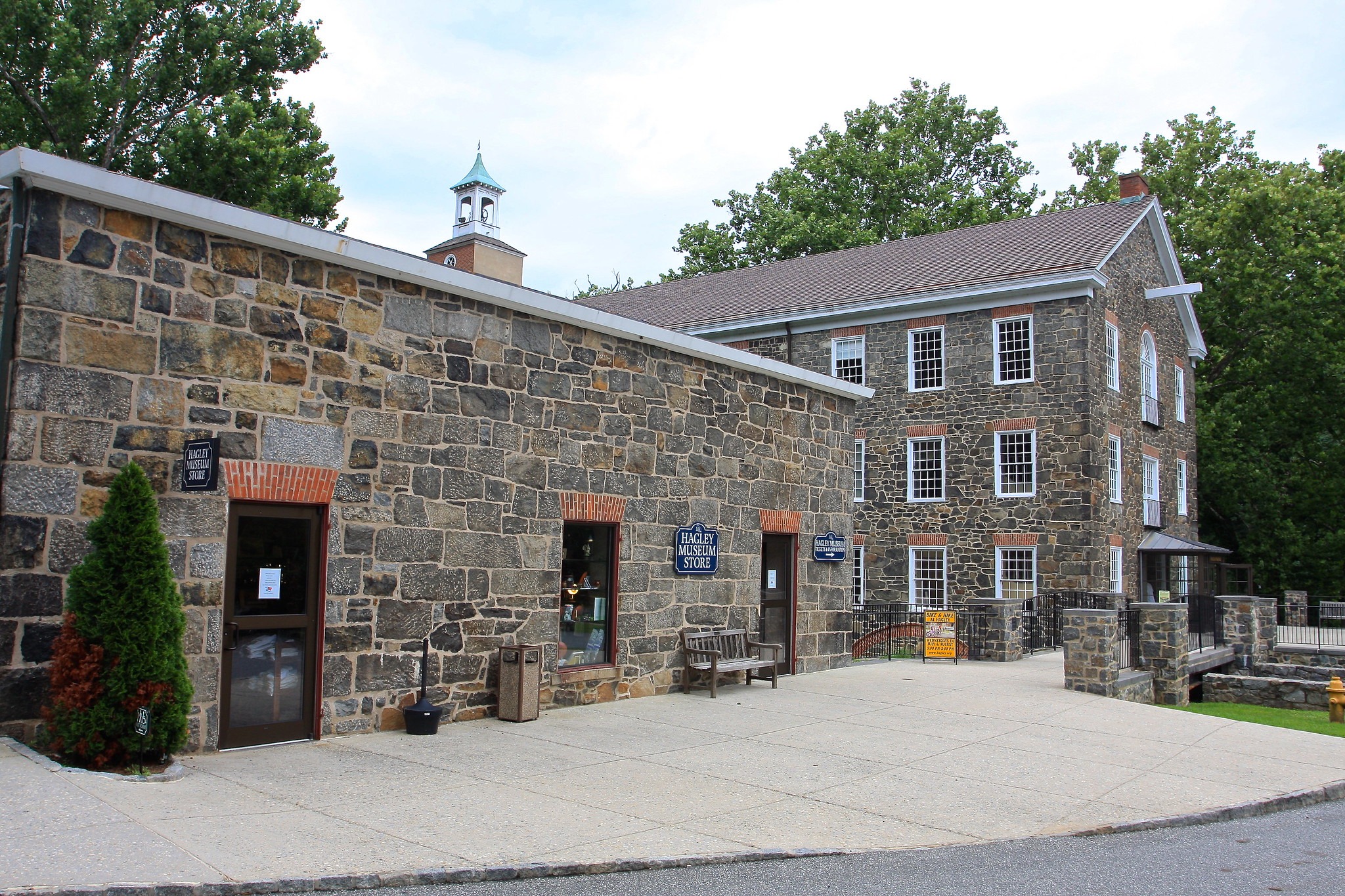
Hagley Museum and Library is an impressive open-air museum located near Wilmington, along the banks of the Brandywine Creek, on the site of Eleutherian Mills, the DuPont family’s first American residence, and the historic gunpowder works. Spanning 235 acres, the powder mill established in 1802 by E. I. du Pont is preserved along with 19th-century machine shops, water wheels, and structures related to the powder production process. Visitors can walk among the restored stone buildings and watch demonstrations of working equipment in the powder yard and machine shops.
The complex also dazzles with its gardens and architecture, featuring 1800s-era homes reflecting the DuPont family’s neoclassical style, the terraced Crowninshield Gardens, and “Workers’ Hill,” a recreated workers’ community that reflects the lifestyle of the era. The mansion known as Eleutherian Mills holds special historical significance as the family’s first residence. Guests can stroll through the gardens or take a guided tour or shuttle for an adventurous exploration.
Inside the museum, the permanent exhibition “Nation of Inventors” showcases patent models of American inventions from the 1800s. The interactive science center offers hands-on activities for children, displays of lab memorabilia, and industrial discoveries. In addition, live demonstrations by staff include black powder explosions, machinery in motion, and the operation of a 16-ton roll mill, offering visitors a unique, immersive historical experience.
Turned into a museum in the 1930s, Hagley is also home to a comprehensive library. The Eleutherian Mills Library houses 290,000 printed volumes, 37,000 linear feet of archival collections, and millions of visual documents related to the history of American business, technology, and industry. Open to researchers and enthusiasts, this center serves not only as a tourist destination but also as an academic hub.
5. Winterthur Museum, Garden and Library – A cultural center that dazzles with its historic mansion and magnificent gardens.

Winterthur Museum, Garden and Library is a historic estate near Wilmington that spans 979 acres and includes a magnificent 60-acre garden, an impressive museum, and a rich library. Opened to the public in 1951 by Henry Francis du Pont, the estate houses 175 historical rooms and more than 90,000 pieces of American decorative art. Its library, which contains 87,000 books and over 800,000 manuscripts, drawings, and photographs, serves as a valuable resource for those researching America’s cultural and artistic heritage.
The gardens are designed in harmony with the natural landscape and were developed with the contributions of renowned landscape architect Marian Coffin. Featuring plants arranged in flowing masses, mysterious pathways, and vast areas of natural habitat, the garden stands out as a peaceful retreat. Du Pont’s belief that “color is more important than anything else” is reflected in the garden’s design, which feels like a natural yet carefully curated painting. With walking trails, tram tours, and archival exhibitions, Winterthur has become a captivating cultural and artistic destination.
6. Nemours Estate – A historic mansion known for its French-style grand gardens and luxurious architecture.
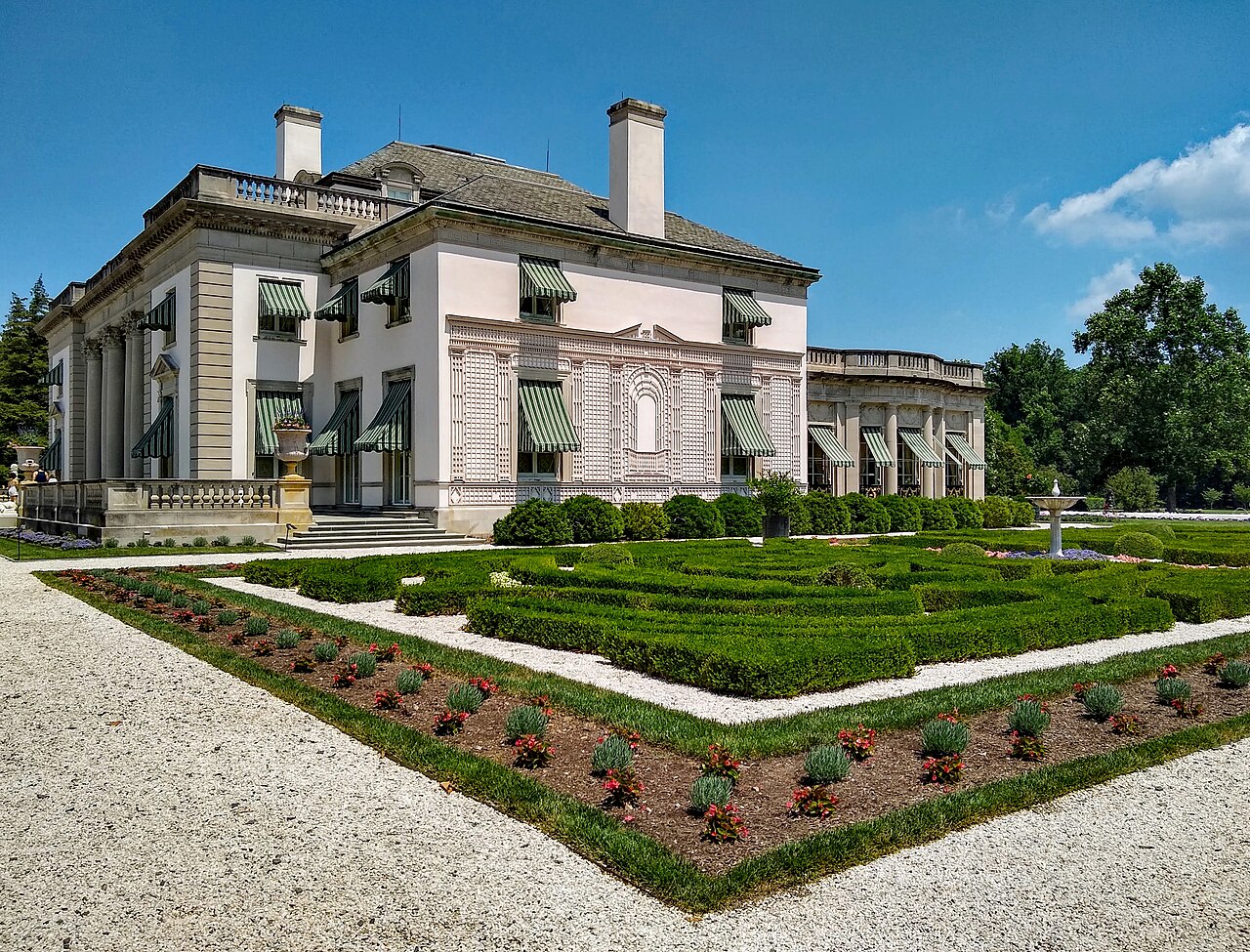
Nemours Estate is a striking mansion located near Wilmington, built between 1909 and 1910 by Alfred I. du Pont for his wife Alicia. Featuring Beaux-Arts architecture, this four-story, 77-room, approximately 4,700 m² structure stands out with its French Neoclassical (Louis XVI) stonework. Inside the mansion are rare 18th-century French furnishings, antiques, valuable paintings, and special collections such as a Louis XVI musical clock. Designed by Carrère & Hastings, it is one of Delaware’s most magnificent cultural heritage landmarks.
Surrounding the estate is about 200 acres of grand Jardin à la française gardens, inspired by the Petit Trianon at Versailles. Adorned with rich landscape elements such as the central Long Walk, a large reflecting pool, a maze garden, colonnade, and the “Temple of Love,” these gardens are considered among the most formal French-style gardens in North America. A $39 million restoration carried out between 2008 and 2010 returned both the mansion and the gardens to their original grandeur, including restored masonry walls, historic electrical systems, pools, and sculptures. Nemours Estate offers an unforgettable experience that combines elegant architecture with stunning gardens, blending history and nature.
7. Brandywine Zoo – A small but charming zoo located in Wilmington.
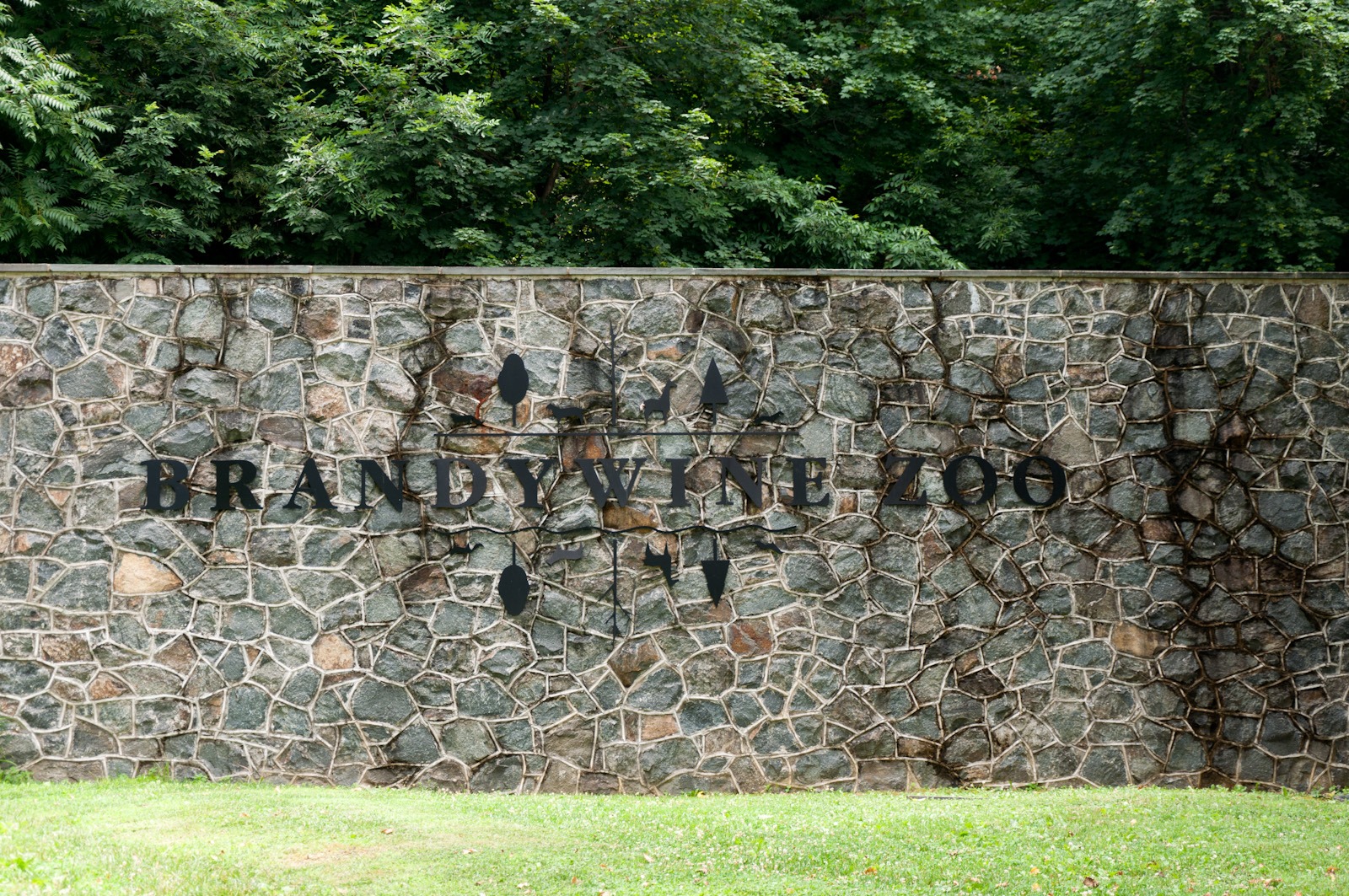
Brandywine Zoo is a small but charming zoo located along the Brandywine River in Wilmington, covering approximately 4.7 acres (2 hectares). Opened in 1905, this intimate facility is home to over 50 species of mammals, birds, reptiles, and other animals, including lemurs, red pandas, capybaras, Andean condors, and giant anteaters. Since 1981, it has been accredited by the Association of Zoos and Aquariums (AZA), indicating that it maintains high standards in animal welfare, education, and conservation efforts.
The zoo offers more than just animal exhibits; it provides an educational environment filled with programs, guided tours, and seasonal events for both children and adults. For example, the “Madagascar” section, known for housing baby lemurs and giant anteaters, embraces an interspecies exhibit approach. The Riverside Play Area features family-friendly facilities like sculptures, playgrounds, and animal presentation spaces, creating an enjoyable atmosphere for both nature interaction and social engagement.
This small zoo, combined with opportunities for amateur and professional photography and nature walks, makes it an ideal stop for visitors to Wilmington. Brandywine Zoo offers a fun and educational experience, especially memorable for families with children and animal lovers.
8. Fort Delaware State Park – A historic Civil War-era fort and island tour experience.
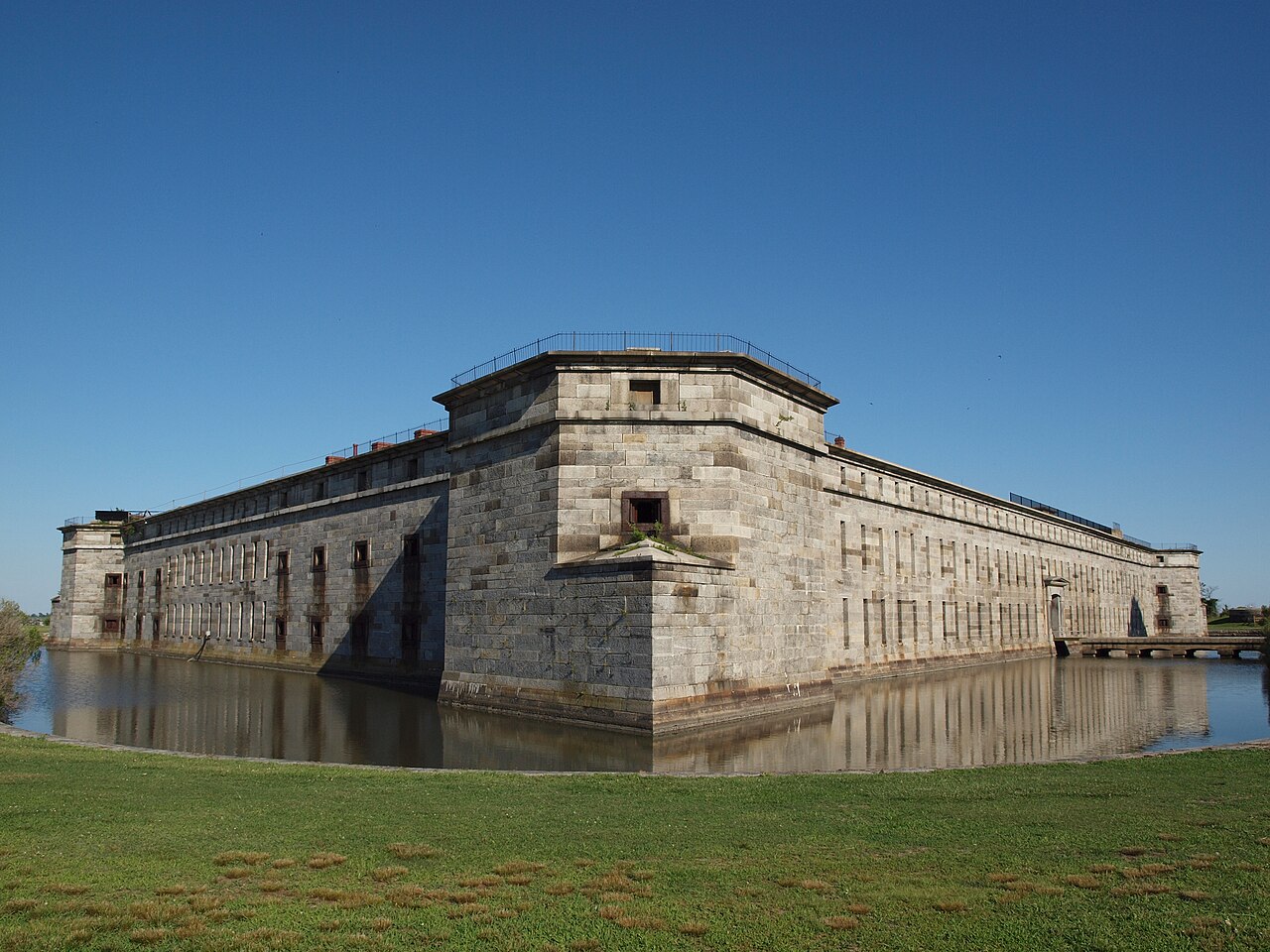
Fort Delaware State Park is a land defense fort located on Pea Patch Island, built by Union forces during the American Civil War. Constructed between 1846 and 1868, this solid stone and brick structure housed approximately 33,000 Confederate prisoners of war throughout the conflict. The pentagon-shaped fort, surrounded by moats, artillery batteries, and a large inner courtyard, offers visitors a powerful visual experience of military engineering and the harsh living conditions of the era.
Access to the fort is available only during a special seasonal period via a short ferry ride from Delaware City to Pea Patch Island, a water crossing of about 800 meters. From the island’s dock, a piston tram takes visitors to the fort. At the park, costumed reenactors provide interactive tours that recreate daily soldier life, cannon-firing demonstrations, and blacksmithing from the summer of 1864. The island also features picnic areas and observation platforms, allowing visitors to enjoy its natural beauty—it is especially known as a nesting ground for migratory birds such as ibises, herons, and egrets.
Fort Delaware State Park offers a rich open-air museum for history enthusiasts and a captivating island wildlife area for nature lovers. It is a unique day-trip opportunity for travelers seeking to experience the atmosphere of the Civil War era.
9. Delaware Art Museum – An art museum especially known for its Pre-Raphaelite collections.
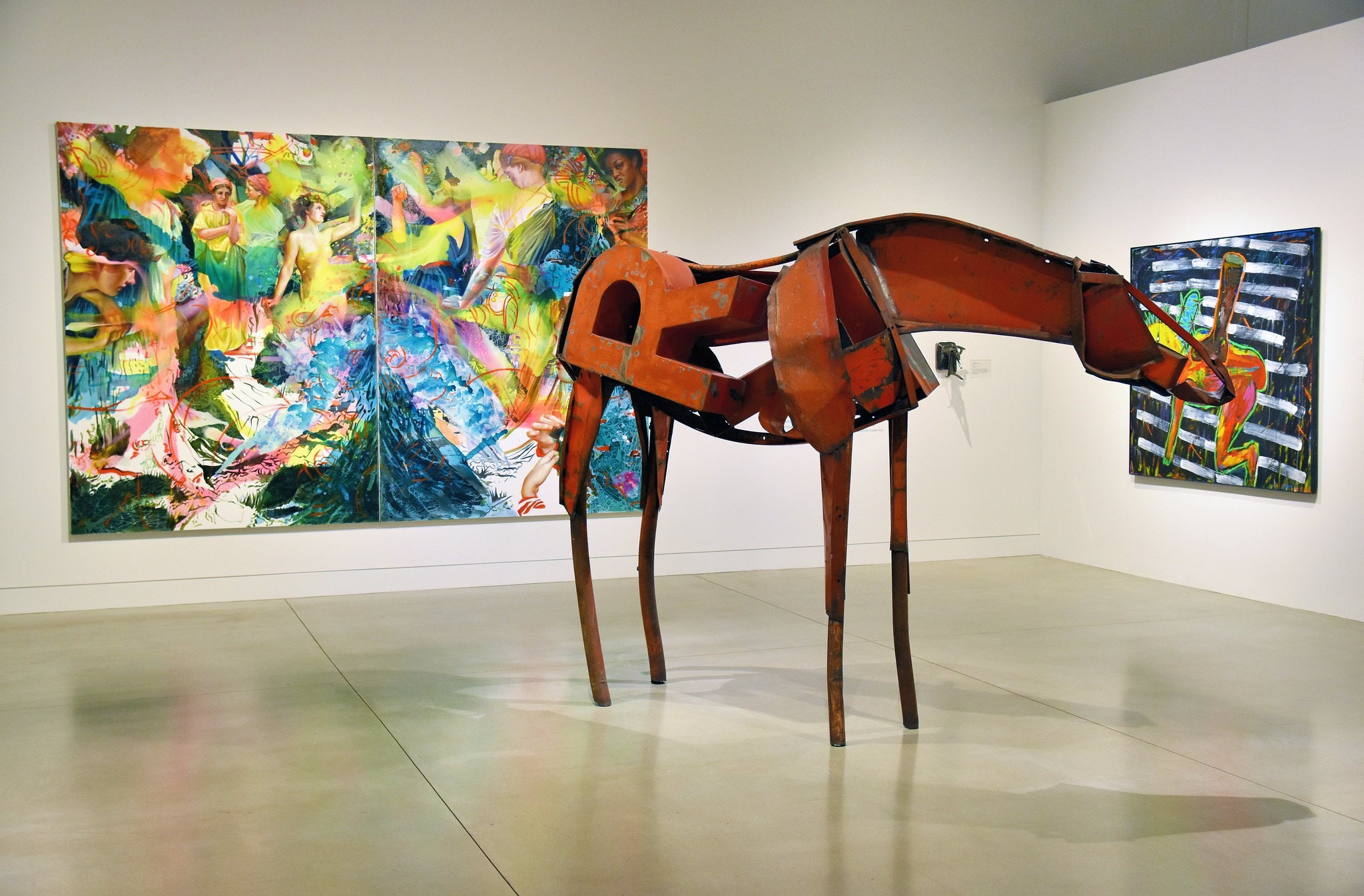
The Delaware Art Museum is a prestigious art center located in Wilmington, housing over 12,000 works of art. Established in 1912 in honor of Howard Pyle, the museum is especially known for its collections of 19th- and 20th-century American art and works related to the British Pre-Raphaelite Brotherhood movement. The extensive Pre-Raphaelite collection donated by Samuel Bancroft Jr. makes it one of the richest and most significant collections outside the United Kingdom.
The museum’s Pre-Raphaelite galleries feature masterpieces such as “Lady Lilith,” “Veronica Veronese,” and “Mary Magdalene” by prominent artists like Dante Gabriel Rossetti, Edward Burne-Jones, John Everett Millais, Frederick Sandys, and Marie Spartali Stillman. The recently curated exhibition “Radical Beauty: British Pre-Raphaelites” aimed to establish deeper thematic connections with the audience through a fresh presentation of these works. The museum also offers interactive art experiences, including conservation workshops, children’s art activities, and a sculpture garden.
10. Johnson Victrola Museum – A unique museum dedicated to the history of records and phonographs.
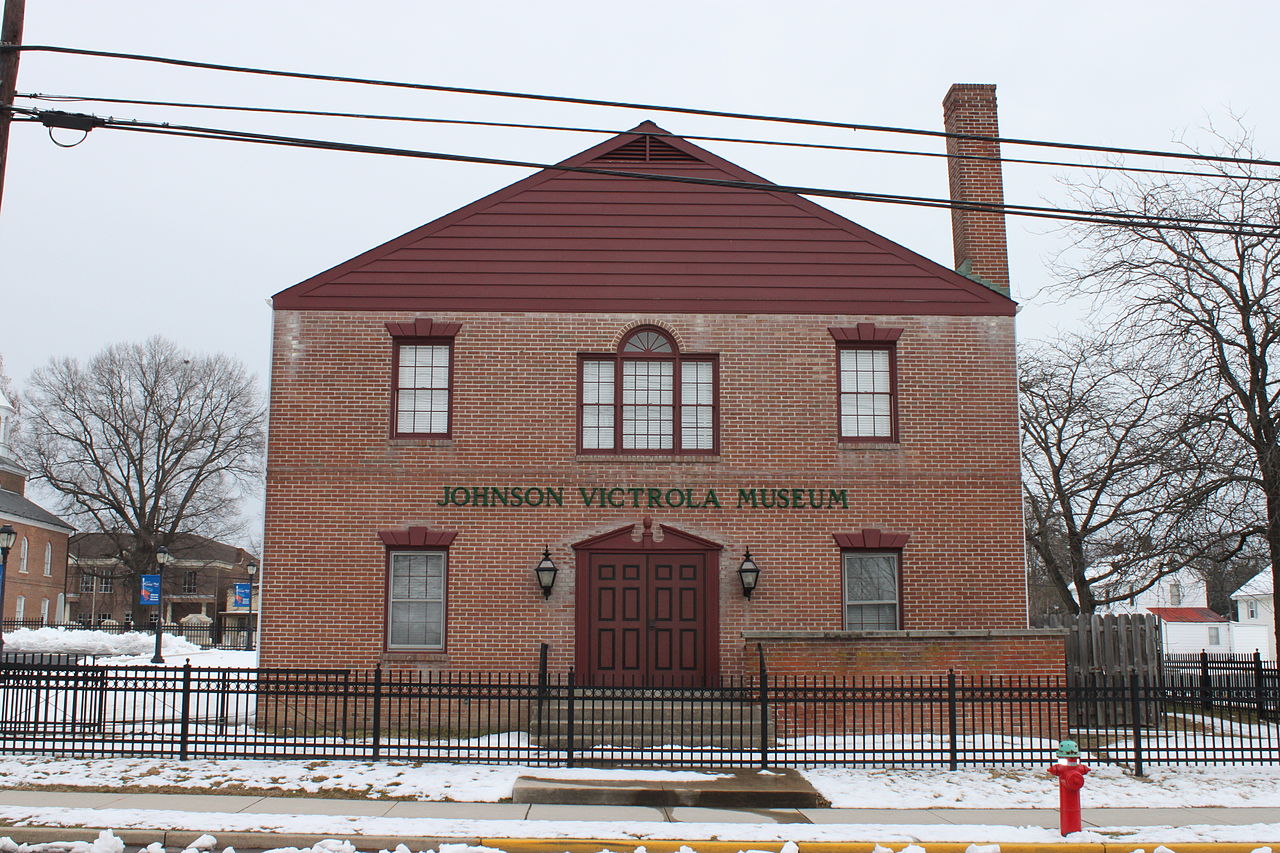
The Johnson Victrola Museum is a unique museum in Dover dedicated to the history of records and phonographs. It was established to honor Delaware-born inventor Eldridge Reeves Johnson, who founded the Victor Talking Machine Company in 1901. The museum showcases Johnson’s invention process, early Victrola record players, patented logos, and a rare collection of records and phonographs from the era. Visitors can trace the technological evolution from hand-cranked phonographs to automatic spring motor systems.
The museum also offers a nostalgic journey through music history, featuring the famous dog “Nipper” and works by notable recording artists of the time. Johnson’s success in the music industry was crowned with a Grammy Award posthumously awarded in 1985—also on display in the museum. Admission is free, and the museum operates on a self-guided tour system; the first floor is wheelchair accessible, and free parking is available nearby. For record enthusiasts, history buffs, or lovers of nostalgia, the Johnson Victrola Museum provides both an educational and memorable experience.
11. Biggs Museum of American Art – Offers an impressive collection focused on American art.
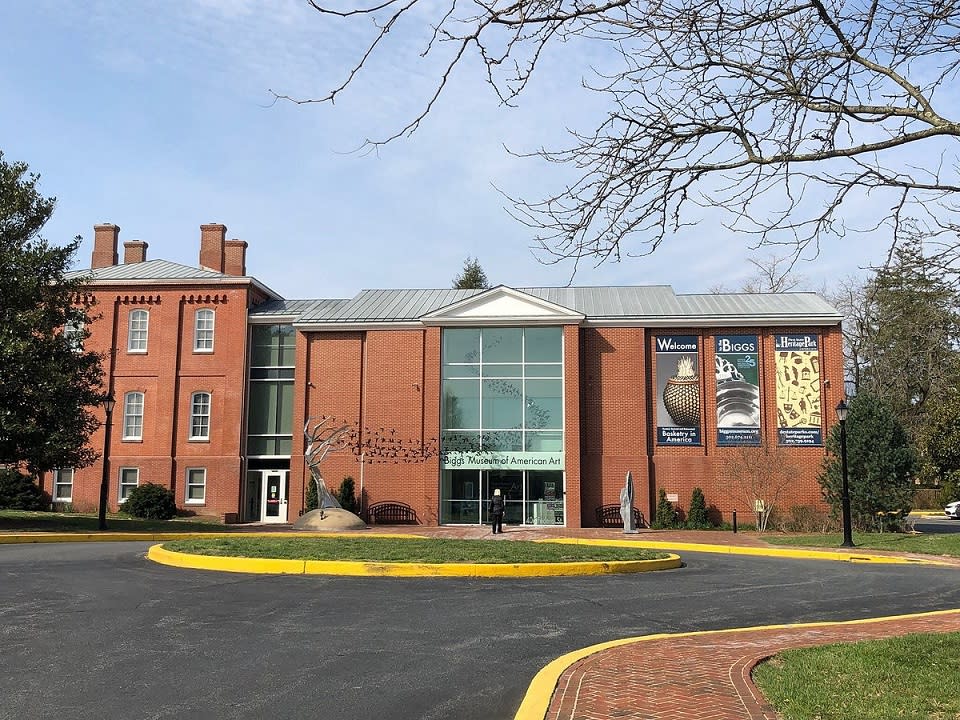
The Biggs Museum of American Art is a respected art center located in the heart of Dover, founded in 1993 by collector Sewell C. Biggs. The museum houses a rich collection of American decorative and visual arts spanning from the 18th century to the present day. It is particularly notable for its paintings, sculptures, furniture, and silver collections from Delaware and the Mid-Atlantic region, featuring works by artists such as the Peale family, Albert Bierstadt, Gilbert Stuart, and Childe Hassam.
The museum aims to be an active global arts hub not only through its exhibitions but also via public education programs and events. It hosts art-focused workshops for children and adults, guided tours, and special exhibitions; it also occasionally features temporary displays of contemporary and new media art. This dynamic approach makes Biggs appealing to both history enthusiasts and followers of modern art—offering each visitor a personal and inspiring experience through its welcoming gallery environment.
12. Air Mobility Command Museum – A great museum for those interested in military aircraft and aviation history.

The Air Mobility Command Museum is an impressive museum located at Dover Air Force Base (Dover AFB), dedicated to the history of military aviation. Originally established in 1986 as the Dover AFB Historical Center, the museum was renamed the Air Mobility Command Museum in 1997 and is now housed in Hangar 1301—a structure that also served as a rocket test center during World War II. The exhibits chronicle the legendary history of the Air Mobility Command (AMC), covering periods from the Air Transport Command to the Military Air Transport Service and the Military Airlift Command.
The museum features more than 30 fully restored military aircraft, including iconic models such as the Lockheed C-5 Galaxy, C-141 Starlifter, C-47 Skytrain, and KC-135 Stratotanker. Some of the aircraft are displayed on the outdoor ramp, while others are housed in the restored hangar. Visitors can get up close to these aircraft and even step inside some to experience the cockpit. The museum also offers a flight simulator, a vintage air traffic control tower cab, and tours guided by retired pilots and loadmasters, providing a firsthand historical experience. With a wide array of exhibits ranging from marine rescue and aerial refueling missions to educational displays, this museum offers a rich and inspiring visit for aviation enthusiasts and general visitors alike.
13. Dover International Speedway – A famous racetrack where NASCAR races are held.
